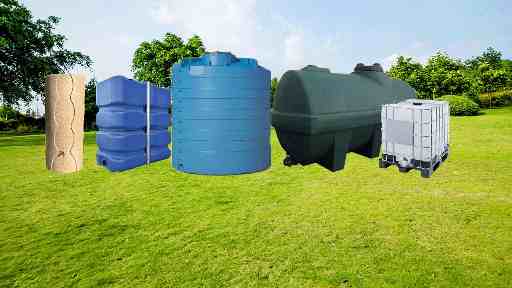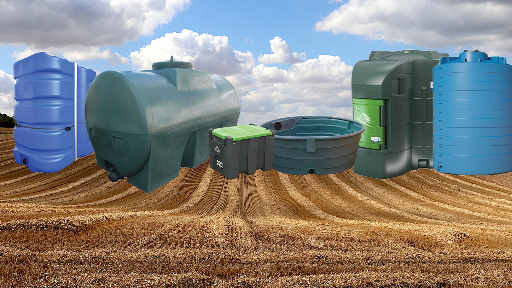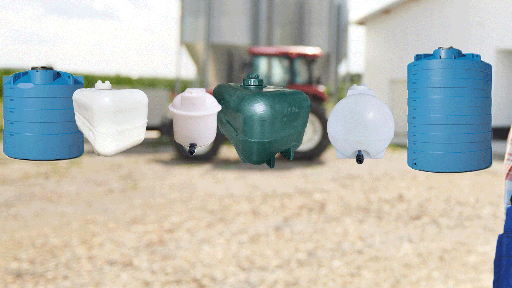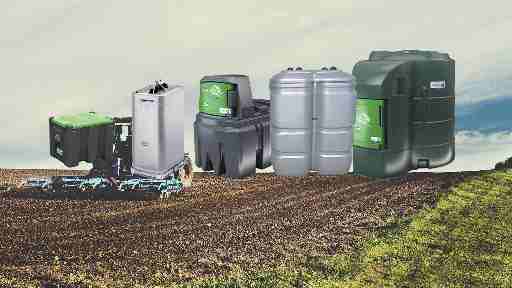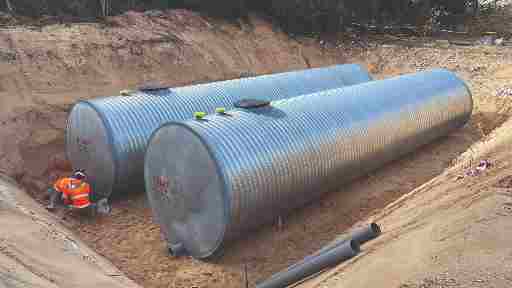Why install a rainwater harvesting system?
nstalling a rainwater collector is a sustainable, ecological and economical solution. The water that feeds it comes from roof water. However, the rainwater collected is not drinkable because it is chemically contaminated (pesticides in the rain, metals or asbestos present on the roof). To meet your needs, we offer an above-ground range and an underground range. The advantage of an underground rainwater collector is that it can hold large volumes of water without taking up land or causing visual pollution. Above-ground rainwater harvesters can vary greatly in size depending on the volume collected, and have the advantage of being able to be placed directly under a gutter to be supplied with water. , et une gamme enterrée
Our selection of underground rainwater harvesters :
Underground range
In concrete or Polythene, discover our range designed just for you!
How do you choose the right tank?
Installing a rainwater harvesting system is an excellent ecological initiative, as it helps to conserve drinking water while contributing to environmental sustainability. Laws and regulations concerning rainwater harvesting can vary from region to region, so it's advisable to check local requirements before installing such a system.
A rainwater collector is a device used to collect, store and conserve rainwater that falls on roofs, terraces or impermeable surfaces. The water recovered in this way can be reused for non-drinking purposes, such as watering gardens, washing cars, toilets, etc. This reduces drinking water consumption and conserves this precious resource.
Our selection of overhead rainwater harvesters :
Émile's advice :
- Gutters: Gutters are installed along roofs to collect rainwater and direct it to the rainwater collector.
- Filter: A filter is generally used to remove debris, leaves and other impurities from the water before it enters the storage tank.
- Overflow: An overflow is essential to drain off excess water when the tank is full. This prevents the tank from overflowing.
- Outlet valve or pump? A valve or tap is installed at the bottom of the tank to allow controlled distribution of the water to the intended uses. If the tank is buried, and depending on usage, a pump can be added to the water recuperator to facilitate distribution of the water to the areas of use.
- Connection to the usage system: The rainwater collected can be used directly for watering plants, washing cars, etc., or it can be connected to irrigation systems or non-potable water pipes.
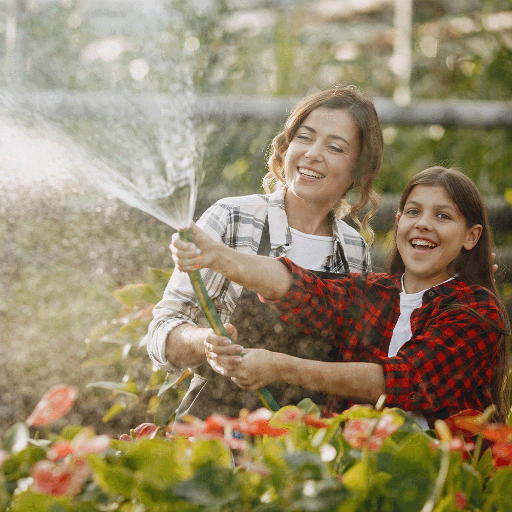
It's important to note that the rainwater collected in the water collector is not potable, so it must not be used for human consumption, cooking or food preparation. What's more, it's essential to clean the tank regularly and check that the system is working properly to avoid water stagnation and contamination problems.

